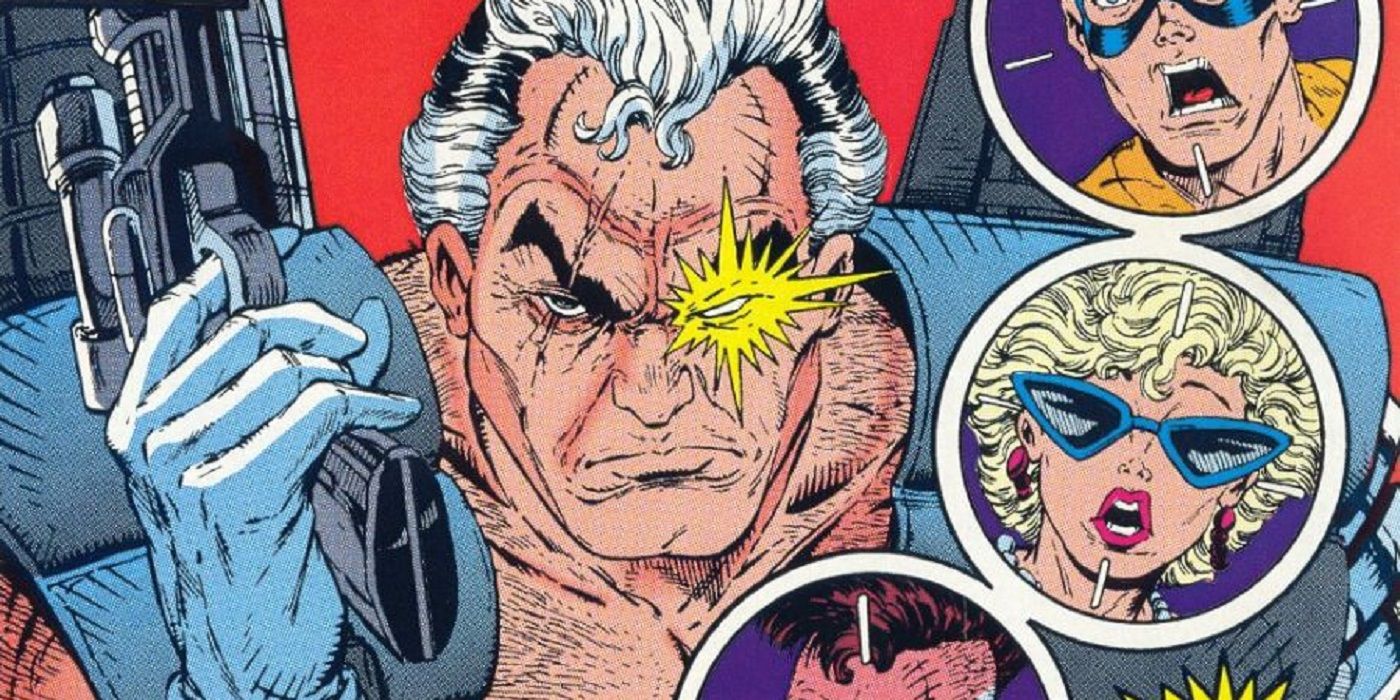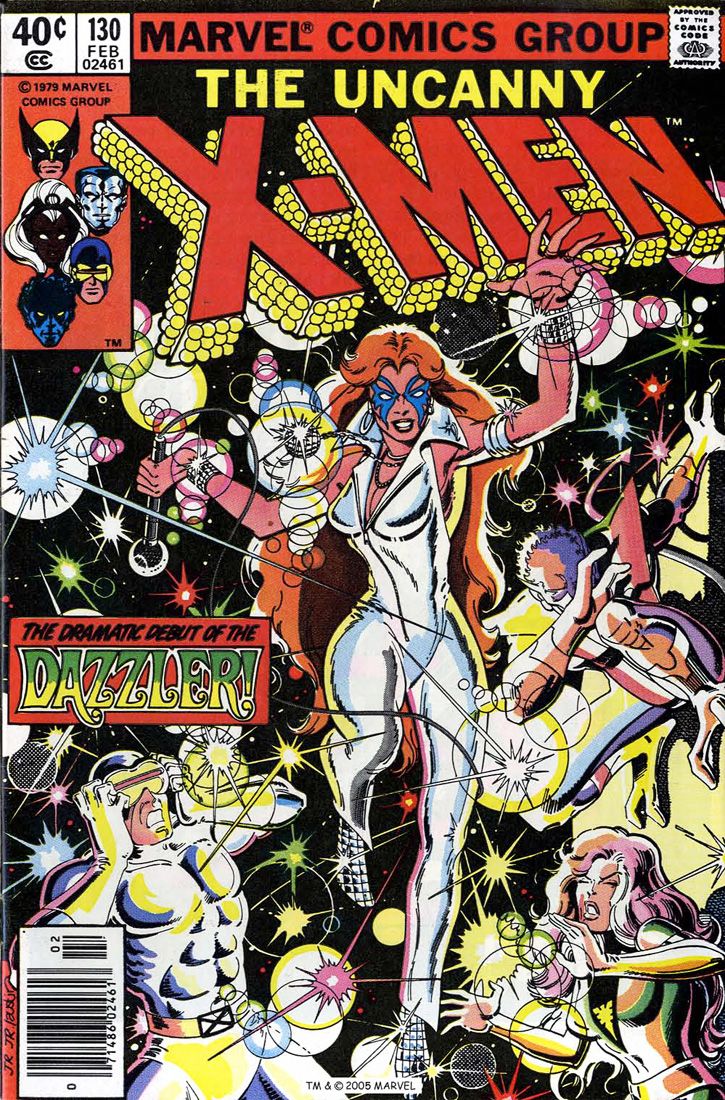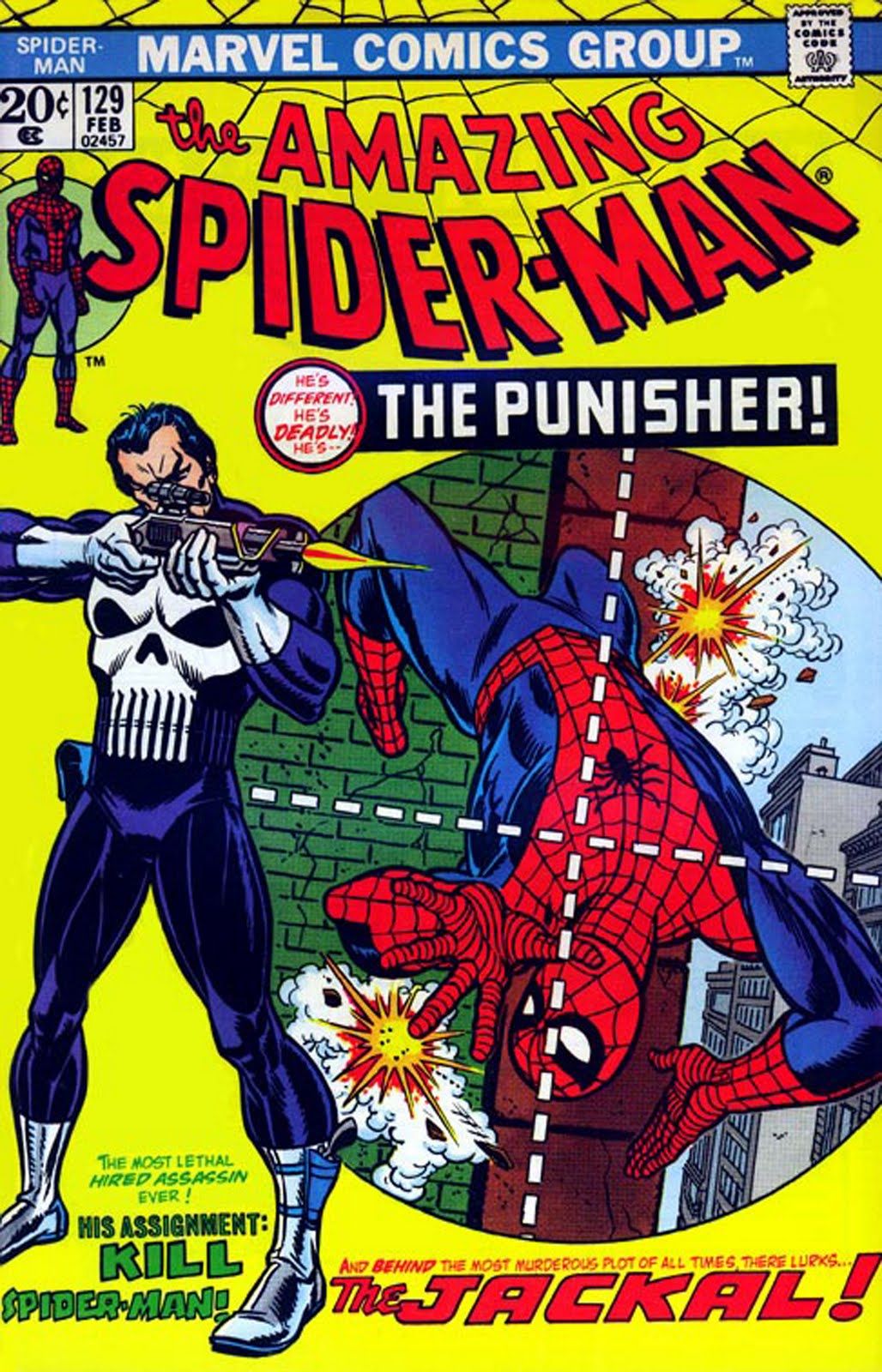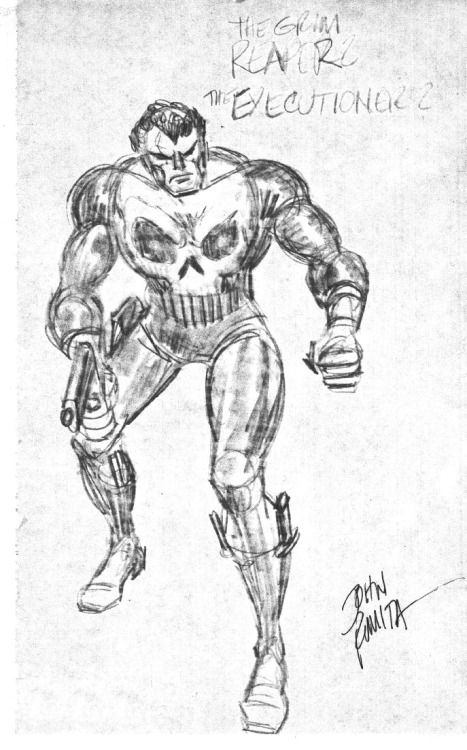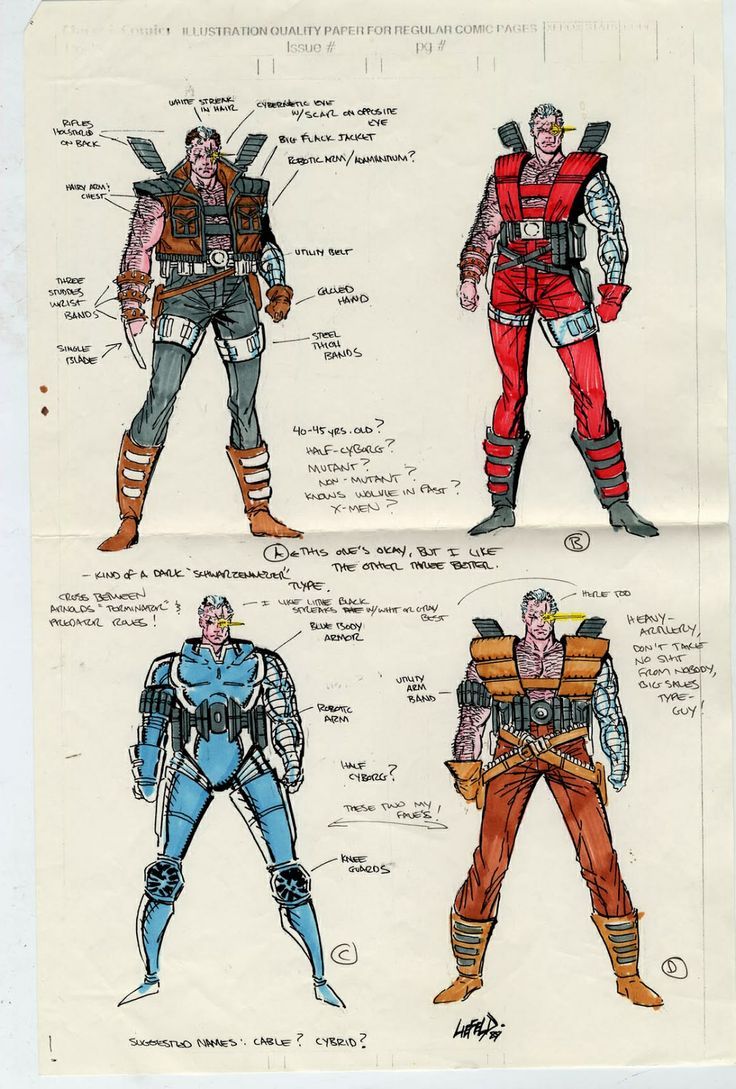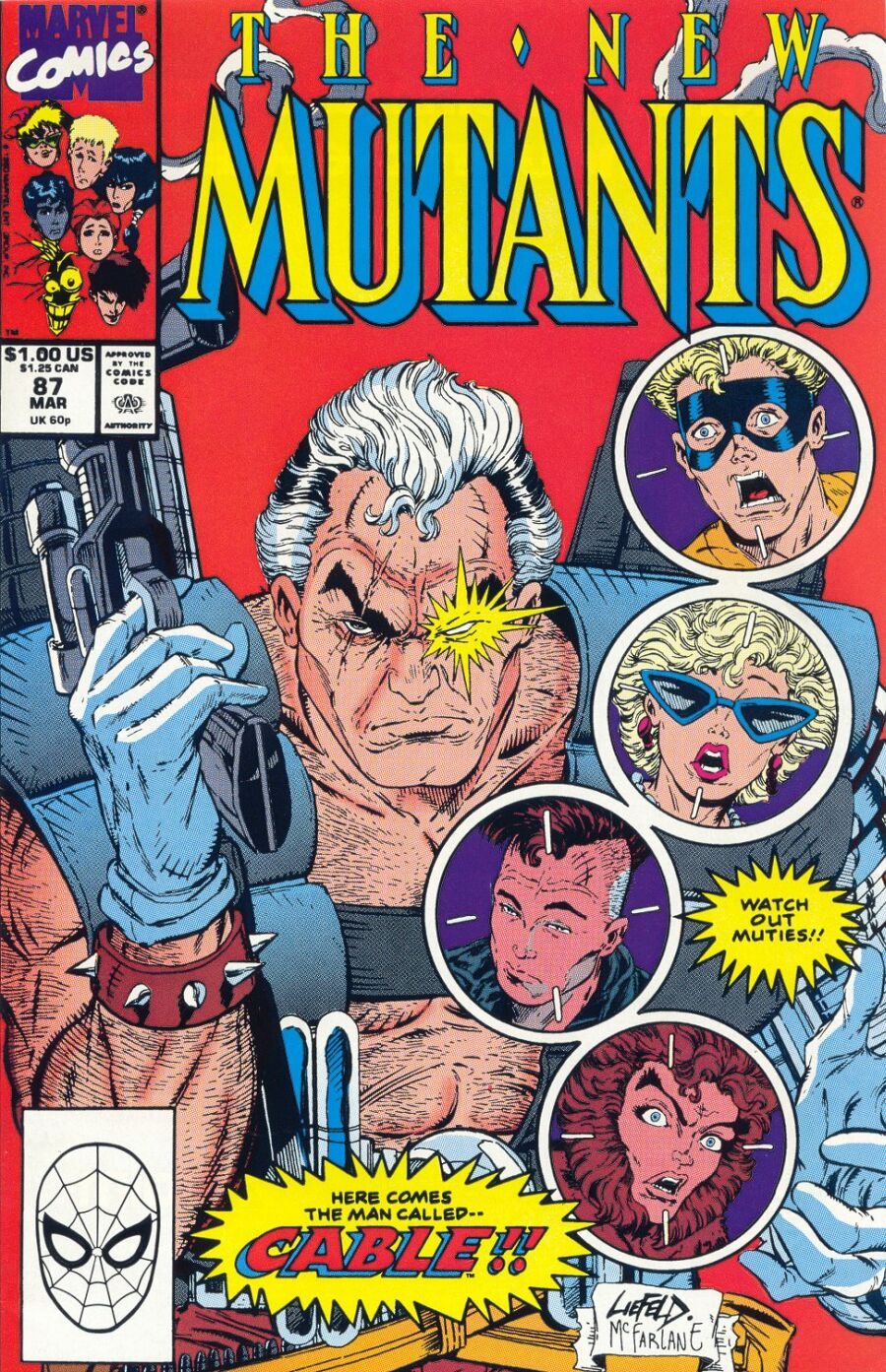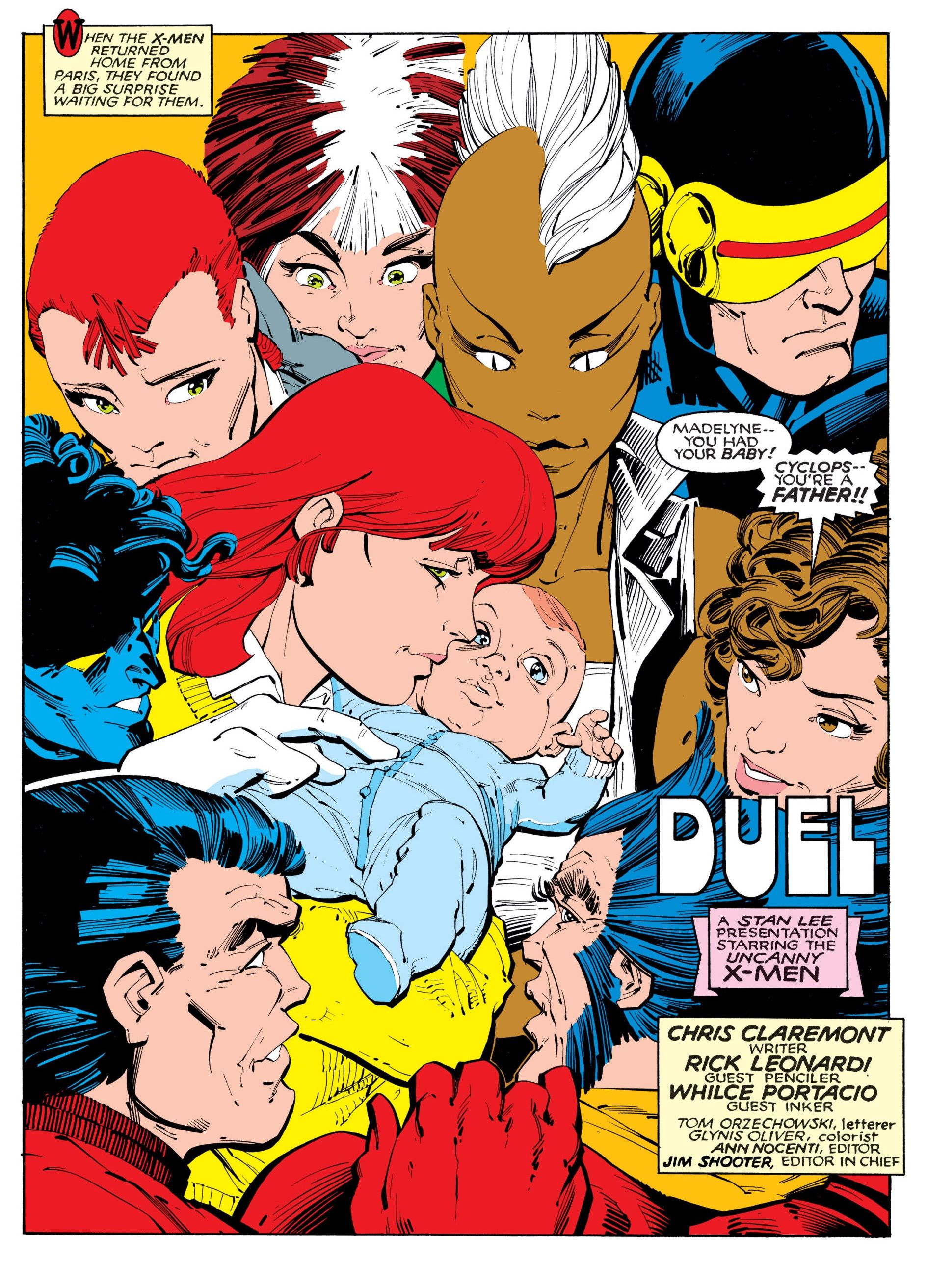When "Deadpool" arrived in theaters last year, there was some discussion about the origins of the character. The Merc With a Mouth was listed in the film as co-created by Rob Liefeld and Fabian Nicieza, with Liefeld ensuring the writer was properly credited However, Liefeld also noted he designed the character and had a basic understanding of who Deadpool was before he brought Nicieza into the process (as Nicieza was the co-plotter and scripter of Deadpool's debut in "New Mutants" #98). It's an interesting question of what "creation" means when it comes to comic book characters. And if people thought Deadpool's creation was confusing, it has nothing on Cable, the co-star of "Deadpool 2." Let's try to make some sense of it all.
RELATED: Deadpool 2: Josh Brolin Cast as Cable
Often, people simply accept that the creator is whoever first wrote and drew a character in a comic. However, we know that's not always the case, as Chris Claremont and John Byrne, for instance, had nothing to do with the creation of Dazzler, yet "The Uncanny X-Men" #130 (which the two wrote and drew) was the first printed appearance of the character.
So if you discount the default “whoever first wrote and drew the character in a comic is the creator” (and we think that’s the better way to look at it), then things obviously get a lot trickier.
Ross Andru is generally credited as one of the creators of The Punisher, along with Gerry Conway and John Romita Sr., because he drew the character's first appearance in "The Amazing Spider-Man" #129.
However, Conway was the one who came up with the idea for the character (basing him on Don Pendleton's Mack Bolan, the Executioner), and suggested the iconic skull symbol on his chest. Romita then designed the costume based on that idea.
So if Conway came up with the idea behind the character and Romita designed how he looks, does being the first guy to draw The Punisher in a comic book qualify Andru as a co-creator? We're not saying it doesn't, but it again brings up the issue of how difficult it can be to define the "creator" of a character.
RELATED: Cable: Making His Comic Book History As Simple as Possible
That brings us to the creation of Cable.
Before he was hired as the artist on "New Mutants," Liefeld was a bit of a hot commodity coming off of DC Comics' hit "Hawk and Dove" miniseries. He had a chance to be the artist on "Alpha Flight," but when he was told that Marvel wasn't willing to reboot the title with a new #1, Liefeld felt it made more sense to do a mutant title, as those were more popular. So he signed on for "New Mutants." In either event, Liefeld already had sketchbooks overflowing with idea for new characters, including a cyborg character he saw as a cross between the Terminator and John McClane (Bruce Willis' role from "Die Hard").
These designs predated his work on "New Mutants." Liefeld considered using that character (who was without a name at the time) in "Alpha Flight" had he taken over that title instead, likely as a soldier character who had some connection to Wolverine (as, really, what's the point of introducing a cool new member of Alpha Flight if they don't have a connection to the most famous Canadian superhero ever?).
Bob Harras, editor of "New Mutants," decided the team needed a new leader who was drastically different from Professor X, as he wanted to really shake up the book. Louise Simonson had been writing "New Mutants" for a few years, and she automatically thought about a military guy as the perfect counter approach in leadership to Xavier's famously peaceful outlook.
At the same time, however, Harras went to Liefeld, who was announced as the new artist on the new series well ahead of his actual first issue, so he had time to formulate whatever he would add to the series. Liefeld, of course, thought of that Terminator-like character he had already designed. That guy seemed like a perfect fit for what Harras was looking for. Liefeld thought the character would be from the future, like the Terminator. Simonson was also thinking about the character being a time traveler (this was a mutant title in the late 1980s/early 1990s, where every third character was a time traveler).
Harras approved Liefeld's sketches, and the character was to be added to the book.
Various names were discussed for the new character: Harras suggested either Quinn or Quentin (most likely the former, but the latter has been reported as well); Liefeld initially had the name “Cyber” on the sketches, and Simonson, while writing the scripts for his first appearance, referred to him as Commander-X. Simonson later pointed out she was using the name “Commander-X” merely as a placeholder until an official name was chosen; Liefeld did not know this, though, so when he read the script, he thought Simonson planned on using the name. Liefeld eventually suggested calling the character Cable.
(Isn't it kind of rude to call them "muties" on the cover?)
Liefeld came up with the character's name, design and general backstory, but Simonson also had devised a similar backstory, which makes sense, as Harras gave a direction for the new character that would lead most people to think "military guy" (and the time-traveler thing was just a common trope, period). When Cable debuted in "New Mutants" #87, the story was written by Simonson and drawn by Liefeld.
RELATED: Why Cable May Be the Lynchpin to Fox’s Revamped X-Men Filmverse
So does that make Simonson the co-creator of Cable, because she was the first person to write the character in a comic? She, too, was thinking of a militaristic leader for the X-Men, but she wasn't working with Liefeld on the concept. She also was thinking about a time traveler, an important part of the character's backstory, but so was Liefeld.
With the way that these things are generally determined nowadays, we'd likely consider Harras, Liefeld and Simonson as official "co-creators," but it's up to interpretation of whether you would give Liefeld extra creator credit.
One person we can discount as the creator of Cable is someone who still often receives credit: Chris Claremont. Claremont, you see, created the idea of baby Nathan Christopher Summers, son of Cyclops and Madelyne Pryor, who made his debut in "Uncanny X-Men" #201 ...
That the baby was sent into the future years later and then ultimately revealed to grow up to be Cable does not retroactively make Claremont Cable's co-creator. That's just silly.
We are sure that you all have strong views of your own as to who is Cable's creator, so feel free to share your thoughts in the comments section!

